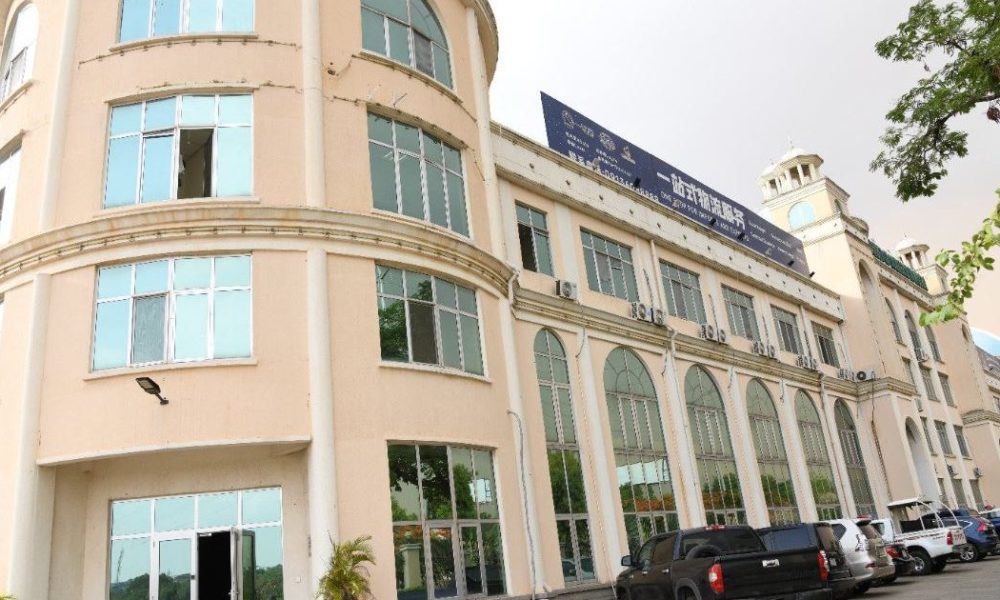In today’s fast-paced and interconnected world, the art of public relations has become an indispensable tool for organisations to effectively manage their image, build strong relationships, and cultivate trust with their stakeholders. Public relations encompasses a range of strategic communication practices that aim to shape public perception, enhance reputation, and drive positive outcomes.
It is widely acceptable that public relations emerged from the United States of America, on the global scale in the late 19th and early 20th centuries. This is because public relations-like activities were discovered in the early days of American settlement as each of the colonies used publicity techniques to attract settlers.
The British Institute of Public Relations’ definition has come to be a household definition. The institute defines public relations as ‘‘the deliberate, planned, and sustained effort to establish and maintain mutual understanding between an organisation and its public.’’
This is the most popular definition among many practitioners. A careful examination of this definition reveals painstaking effort by the British practitioners to carve a niche for the profession and to remove it from the realm of an all-comers profession.
A review of the above definition shows that public relations are planned. It is never haphazard or sudden. It is a well thought out and designed programme for an organisation (government inclusive) to reach its publics. In a nutshell, public relations is everything done to improve mutual understanding between an organisation and those whom it comes into contact with both within and outside. It is much more than just cultivating contacts. It is about devising and implementing strategic campaigns, preventing and reacting to crises, ensuring that an organisation is always correctly and positively represented.
The biblical injunction, ‘see that you do not blow your trumpet’ does not suffice in public relations. One must publicise himself; his or her organisation or nation’s good works with personality. Currying favour of the public is the ultimate goal of management of every organisation. I sometimes shudder anytime I listen to some of our leaders. And I would ask: where are the public relations practitioners?
Perhaps, they tend to confuse public relations with propaganda. Undoubtedly, public relations differ from propaganda. Propaganda is an unwholesome message used in persuading people towards a particular cause. It is the dissemination of biased or mixed information with the aim of manipulating the views of the public, unlike public relations which is a much misunderstood and under-valued management tool.
Erroneously, to many people, PR is another form of advertising while others dismiss it as dealing with journalists (important though) and sending out press releases. The basic philosophy of PR involves timely management of information based on sound and effective skills in communication using media as basic outlets. Thus creating that enabling environment crucial for the day- to- day survival organisations.
I established the aforementioned in letting us come to understand that public relations is not new. What is therefore new is the modern method of accomplishing it. For instance, there is evaluation of PR’s programmes. Measuring PR’s programmes- the methods. Understanding PR’s evaluation. Tools for evaluation of PR’s programmes. Models of evaluation. Principles of evaluation. Problems in PR’s evaluation.Research on measurement and evaluation. Etc.
For holistic comprehension, maybe we should look at the Nigerian experience as Nigeria joined the rest of the world to celebrate World PR Day on July 16. During the first and second world wars, not much could be said about the development of public relations in Nigeria. But from available records, Nigeria, which was part of Her late Royal Majesty’s empire, was known to have participated in the Empire Exhibition in 1924. This event led to the establishment of the first information office in Lagos with the primary aim of disseminating war information.
In 1944, as a result of the increased activities of the office, its name was changed to Public Relations Office to disabuse the erroneous impressions and opinions of the members of the public who regarded it as a war information office and centre for espionage. The new office (PR office) was headed by Mr. D.C. Fletcher with the main aim of exacting a favourable image to the outside world.
By 1947, following the adoption of Richard constitution, the PR office was changed to Public Relations Department, and in that same year, a regional office was opened in Ibadan, Oyo State, followed by another in Kano and Enugu states in 1948 respectively. From then onward PR activities increased, as members of the press and the public at large could make inquiries about government activities.
In 1954, the original aim of the PR department was changed to monitoring and interpreting social-political events as well as economic matters affecting Nigerians and foreigners alike.One of the indigenous employees at the time was Ben Enwonwu. Later Mr. E. Esua, (MBE) and Rev. Bishop Kale later to join the Public Relations Department.
There was improved information management and various advisory committees were constituted among others. The activities of these people led to the emergence of the press club by Lagos journalists. The Nigerian Institute of Public Relations emerged from this club as Dr. Sam Epelle, father of Nigerian Public Relations, was a member of the club. Today, there are a number of public relations consultancy firms doing great things. And the impact of PR on government activities cannot be overemphasised.




